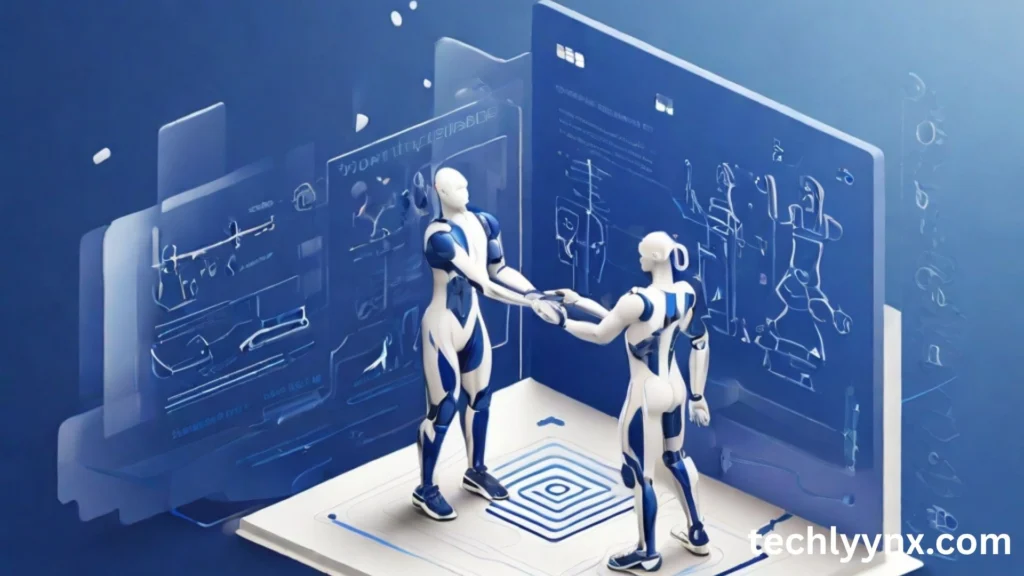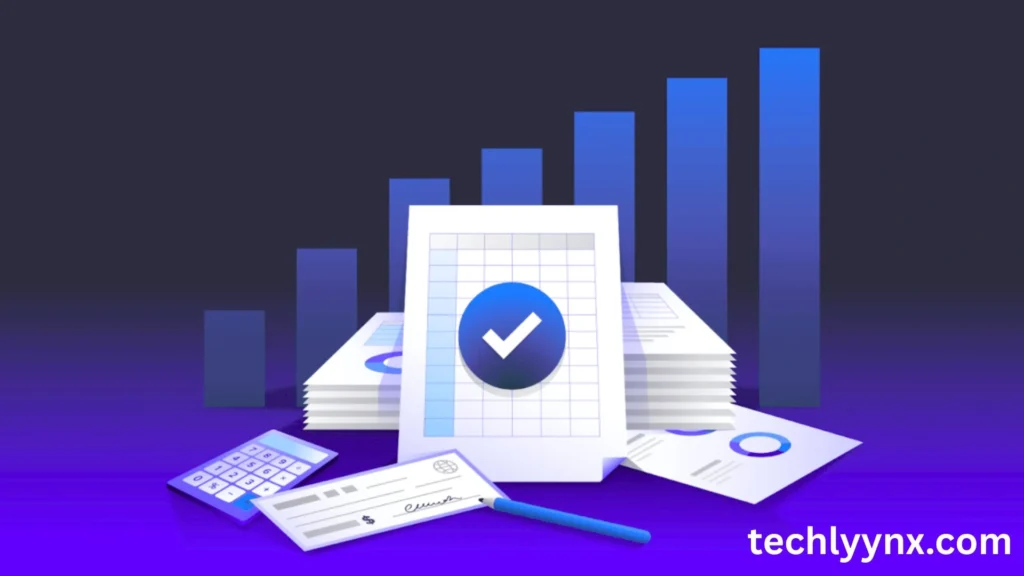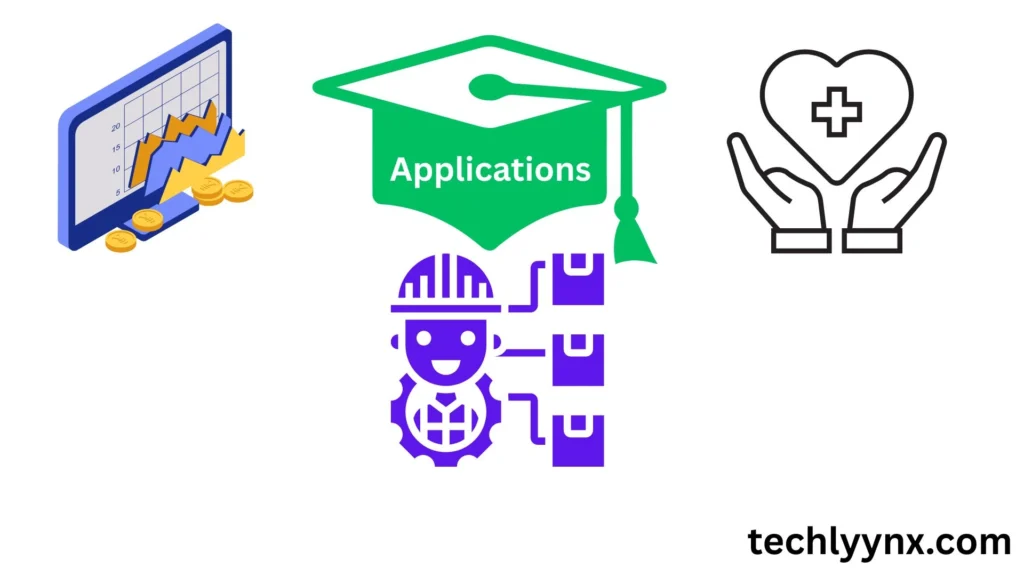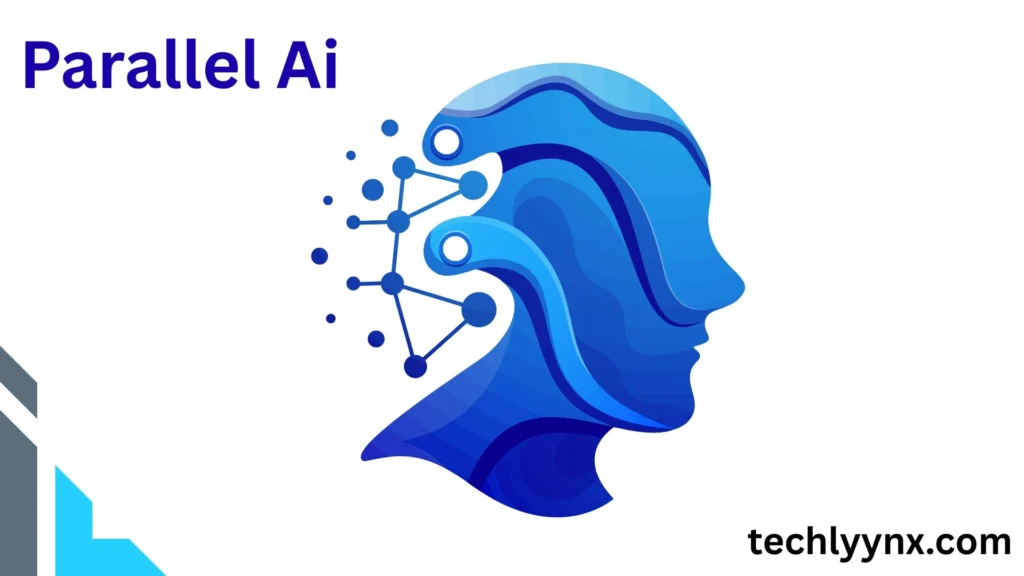Industries are still being reshaped by artificial intelligence (AI), and 2025 has already seen a number of noteworthy announcements. Among these, Parallel AI, a recent firm founded by former Twitter CEO Parag Agrawal, is one of the most talked-about innovations. Engineers, researchers, and companies are rapidly taking notice of this because to its substantial funding, audacious promises, and ambitious vision.
This article explores parallel artificial intelligence (AI), its significance, and its potential to transform the field. We’ll look at Agrawal’s history, objectives, and purported benefits over GPT-5, as well as the possible effects on other industries.
The Man Behind the Magic

Parag Agrawal has experience with technology. He was trained as a computer scientist and worked at Twitter for years, eventually becoming CEO. Despite some difficulties throughout his tenure, particularly during the tumultuous time of Elon Musk’s takeover of Twitter, Agrawal made a name for himself as a perceptive technologist with extensive knowledge of artificial intelligence and data systems.
Agrawal had the expertise, reputation, and technological know-how to launch a new company after leaving Twitter. He chose to start Parallel AI, a business that represents his lifelong passion in machine learning and big data, rather than joining another corporate behemoth.
What Is Parallel AI?
Fundamentally, Parallel AI is a firm focused on artificial intelligence with the goal of creating large-scale models that can comprehend and use data more efficiently than current systems. This system asserts that it focuses on enhancing accuracy, dependability, and a richer contextual knowledge, in contrast to traditional models that occasionally yield erroneous or “hallucinated” results.
To support its research and development, the company has already obtained a sizable amount of cash, approximately ₹260 crore (nearly $31 million USD). Strong investor trust in Agrawal and the rising need for AI solutions that can surpass the finest models available now are both indicated by this fundraising round.
Parallel AI vs GPT-5: The 10% Advantage

The assertion that Parallel AI can outperform GPT-5 by 10% in accuracy is among the more audacious statements made by Agrawal’s new business. Given that GPT-5 is regarded as one of the most sophisticated AI models currently on the market, that is a startling claim.
However, what is meant by “10% better accuracy”? The degree to which a model’s outputs match empirical facts, user intent, or assessment standards is frequently referred to as accuracy in AI research. In real-world applications, even tiny percentage gains can make a big difference, particularly in fields where errors can be expensive, like healthcare, finance, or engineering design.
This may draw companies and researchers who require AI systems they can trust for important choices if it can actually show this degree of performance improvement.
Why the Name “Parallel AI”?
The name itself is intriguing. “Parallel” suggests multiple dimensions:
- Parallel computing: Leveraging massive computational power to train and run AI models efficiently.
- Parallel thinking: Considering multiple possibilities and perspectives simultaneously.
- Parallel industries: Building solutions that can run across various fields—healthcare, automotive, education, and more.
By choosing this name, Agrawal signals that the company isn’t just another AI startup. Instead, it’s an effort to create technology that runs alongside human intelligence, enhancing it rather than replacing it.
Funding and Investor Interest

It is no minor accomplishment to raise ₹260 crore in finance. It proves that investors believe Agrawal’s vision has a lot of potential. Although the AI sector is expanding, competition is fierce. It shows trust that it has something special to offer for a new player to raise this much money at the beginning.
Today’s investors are particularly drawn to firms that can:
- Set yourself apart from industry leaders like Google DeepMind, Anthropic, and OpenAI.
- Provide safe and accurate AI outputs.
- Expand quickly across sectors without sacrificing dependability.
- All three seem to be the targets of parallel AI.
Parallel AI’s Potential Applications

Like other advanced AI systems, This Ai could be applied in many fields. But its emphasis on accuracy makes it especially appealing in industries where precision is critical.
1. Healthcare
Doctors and researchers could use this to analyze medical data, predict disease risks, or suggest treatment plans. Even a 10% improvement in accuracy could save lives by reducing misdiagnoses or incorrect recommendations.
2. Engineering & Manufacturing
In engineering, accuracy is everything. From structural designs to simulations, Parallel AI could support faster, more precise solutions, reducing the risk of errors and optimizing resource use.
3. Finance
In banking and finance, small mistakes can lead to massive losses. Parallel AI’s enhanced reliability could improve fraud detection, risk modeling, and customer service chatbots.
4. Education
AI tutors powered by Parallel AI could provide highly accurate explanations and adaptive learning paths, ensuring students get correct information tailored to their needs.
5. Content & Media
Writers, journalists, and content creators could rely on this to fact-check and generate accurate information, cutting down on misinformation.
The Human Side
AI should enhance human intelligence, not replace it, according to Agrawal. “AI as a partner, not a competitor” is a developing movement in the tech sector that is consistent with this attitude.
This human-centered approach appears to be reflected in Parallel AI’s mission. It promotes AI as a tool that enables people to do their best work rather than endangering their jobs or creativity by positioning itself as a dependable and trustworthy tool.
Challenges Ahead
Of course, launching a new AI startup isn’t without hurdles. Parallel AI will face challenges such as:
- Competition: Giants like OpenAI, Google, and Anthropic already dominate the space.
- Scalability: Proving accuracy improvements in small tests is one thing; scaling them globally is another.
- Ethics and safety: Any new AI system must address concerns about bias, misuse, and transparency.
- Trust: Users and businesses must believe that the model really is more accurate and reliable than alternatives.
The Future of Engineering

Parallel AI has the potential to revolutionize engineering in particular. Imagine tools that assist in troubleshooting designs before they fail, more accurate prediction models, and speedier simulations.
AI is currently being utilized in engineering to:
Make manufacturing processes more efficient.
Utilize generative algorithms to improve product design.
Boost big systems’ energy efficiency.
Parallel AI has the potential to significantly speed up these applications with its purported accuracy enhancement.
Global Implications

Parallel AI has the potential to change the power dynamics in the artificial intelligence sector if it is successful. Most of the sophisticated AI models are currently under the control of a small number of businesses. A formidable rival with shown advancements might broaden the market, providing companies with additional options and spurring creativity.
It might also spur a new generation of firms that aim to create AI models that are not just larger but also more intelligent and precise.

